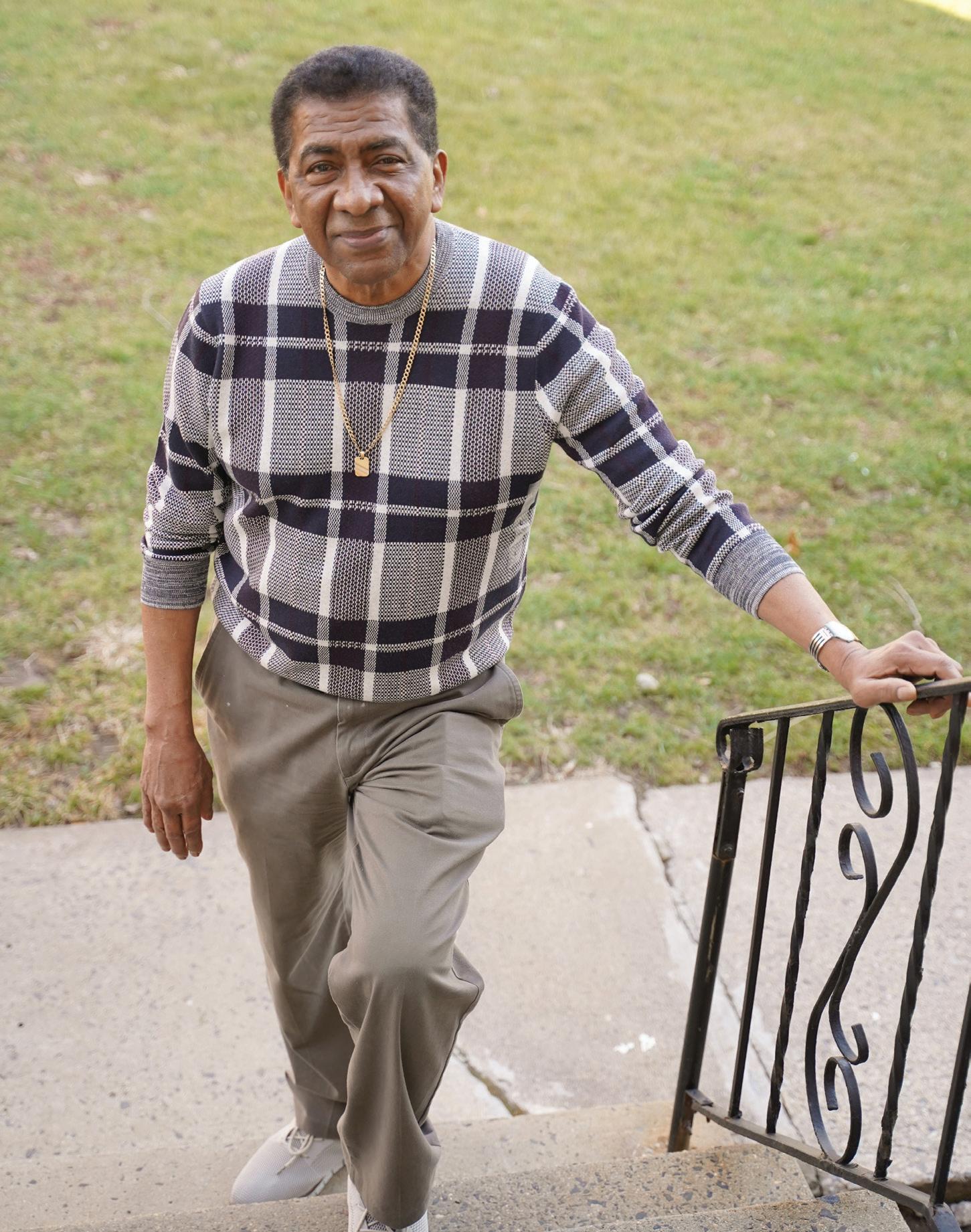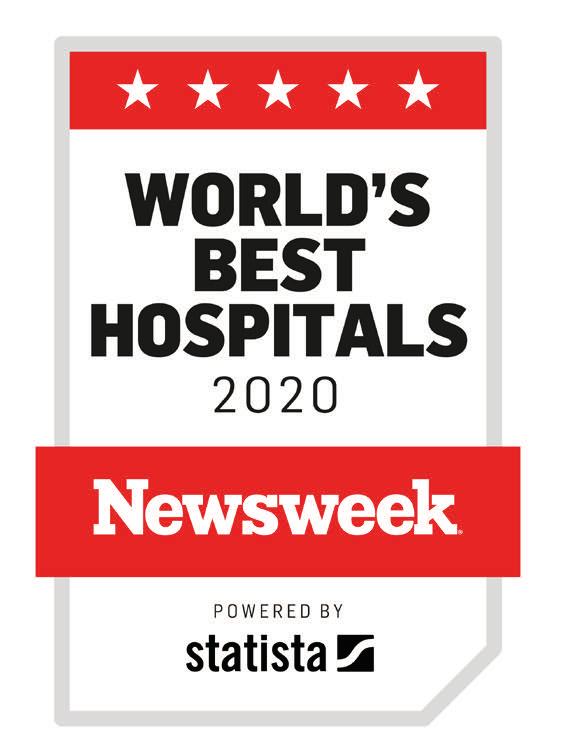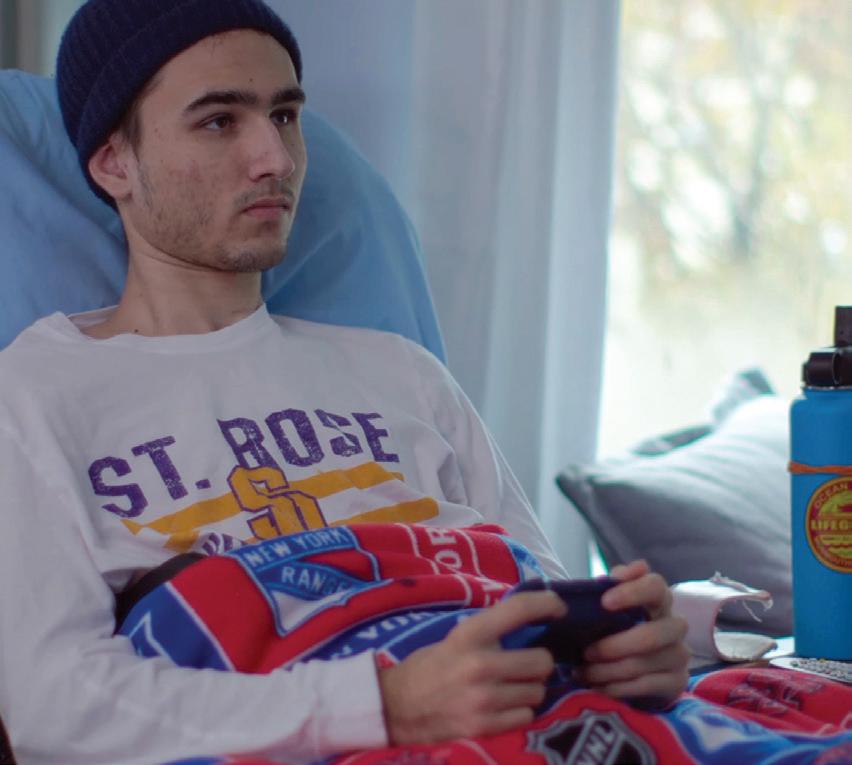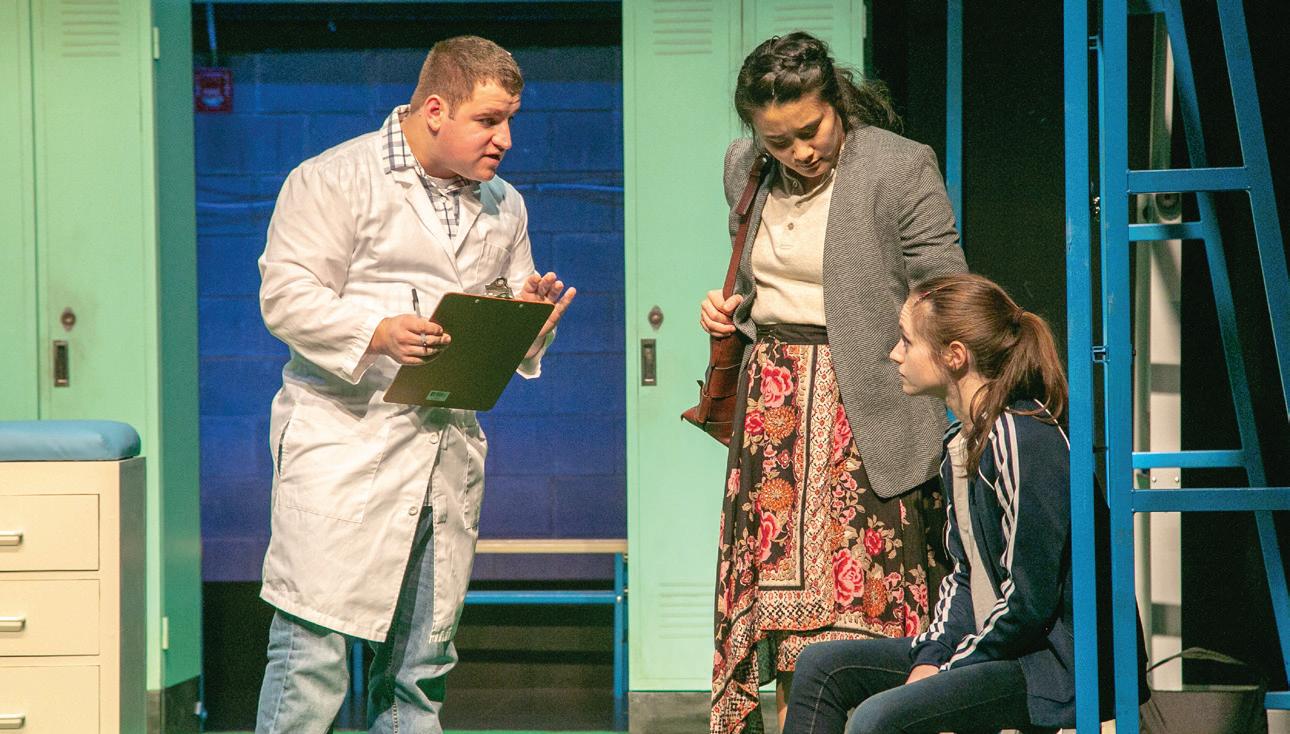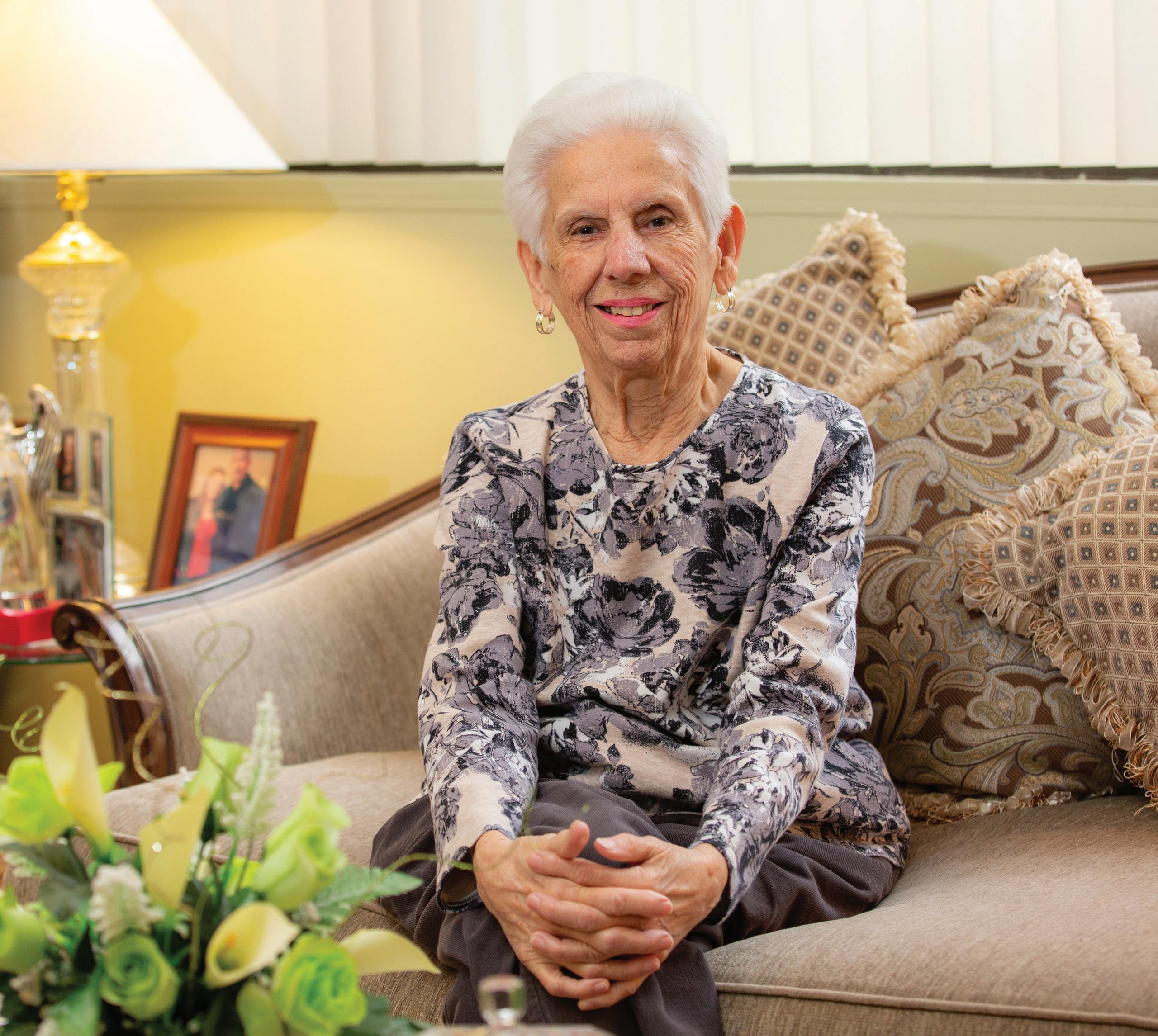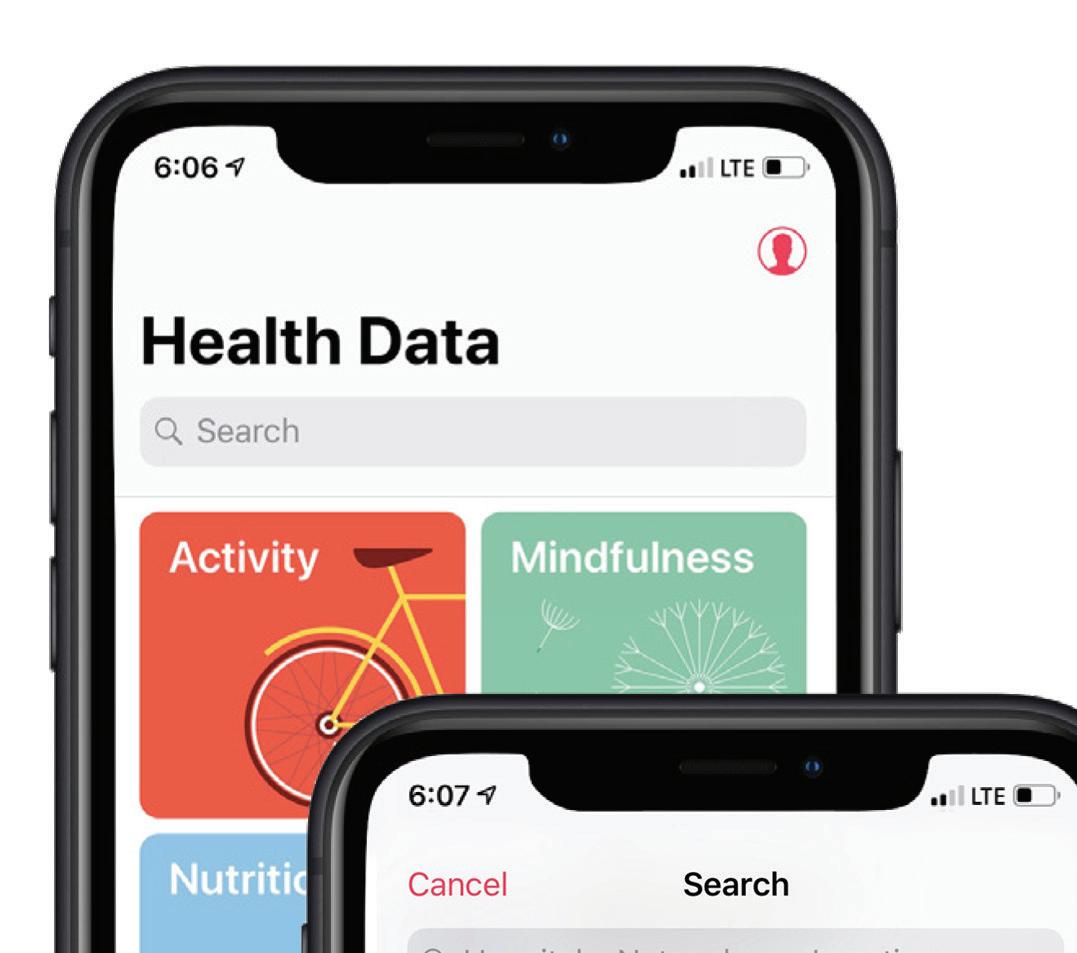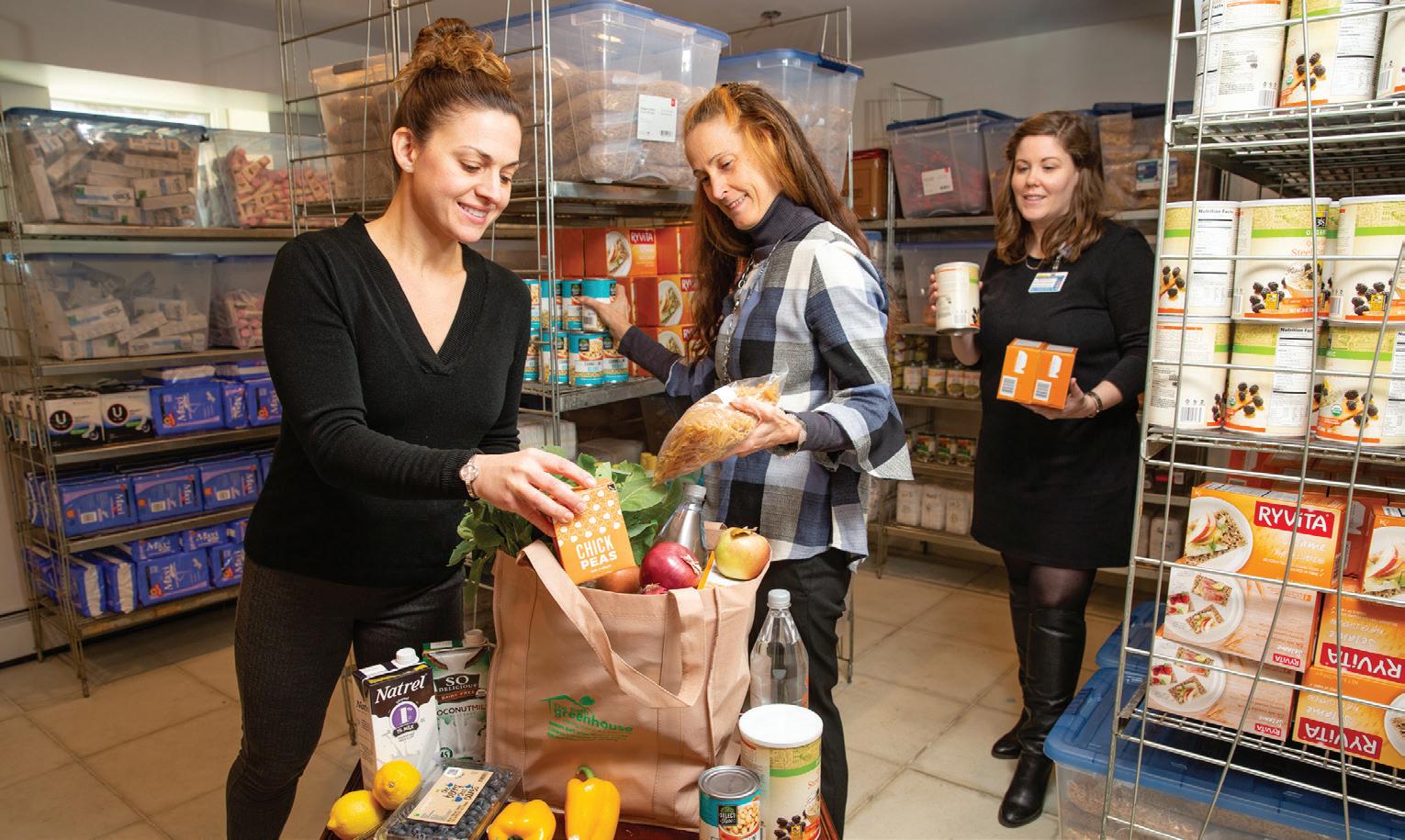Gustavo Larrahondo can now perform everyday activities, like climbing stairs, that weren’t possible before his double lung transplant.
double lung transplant at Newark Beth Israel Medical Center (NBI).
THE WAIT BEGINS
BREATHING EASY AGAIN A DOUBLE LUNG TRANSPLANT GAVE A ROSELLE MAN HIS INDEPENDENCE BACK.
In February 2019, he was added to the national transplant waitlist, and began pulmonary rehabilitation to strengthen his muscles at Robert Wood Johnson University Hospital (RWJUH) Rahway, near his Roselle home. Both NBI and RWJUH Rahway are members of the RWJBarnabas Health system. In late May 2019, Gustavo got the call: Two donor lungs that were a match, based on factors such as body size and blood and tissue type, were available. “Usually patients have about two hours to get to the hospital after they get the call,” says pulmonologist Thomas Kaleekal, MD, Medical Director of NBI’s Advanced Lung Diseases and Transplant Program, the only lung transplant program in New Jersey. “We have surgeons available 24/7 to do a lung transplant at any time.” While Gustavo was prepped for surgery, a recovery team from NBI traveled to the donor’s hospital to remove the lungs, place them on ice and travel back to NBI. “We always take a moment of silence and thank the donor for the gift of life,” says Dr. Kaleekal, who was part of that team.
SURGERY AND SUCCESS
G
ustavo Larrahondo, 67, first noticed something was wrong back in 2018, when he began experiencing a persistent dry cough, shortness of breath and difficulty lifting heavy objects. Gustavo, who had never smoked and was in otherwise good health, went to see his doctor. In October of that THOMAS KALEEKAL, MD year, a surgical
biopsy of his lung tissue determined that he had idiopathic pulmonary fibrosis, which occurs when lung tissue becomes scarred, making it difficult for the lungs to function properly. (Idiopathic means that the cause of the disease is unknown.) “I never imagined I would have something like this,” says Gustavo. In the months after his diagnosis, Gustavo required an oxygen tank to breathe and a walker to get around. “I lost my independence,” he says. With a prognosis of only six months to a year to live, doctors determined that Gustavo’s best chance of survival was a
Gustavo’s surgery took about seven hours and once it was complete, he was taken to the Cardiothoracic Intensive Care Unit to begin his recovery. “He was very selfmotivated and had a great family who gave him extra encouragement to get to the next level,” says Dr. Kaleekal. Today Gustavo is home, continuing with pulmonary rehabilitation and thriving with his new lungs. He no longer requires an oxygen tank to breathe and can go for walks, drive a car and has even been cleared to travel on a plane. “I feel really good and have so much more quality of life than before,” he says.
To learn more about the Advanced Lung Diseases and Transplant Program at Newark Beth Israel Medical Center, call 1.888.NJLung1 or visit www.rwjbh.org/lungtransplant.
Healthy Together
| 22 |
Summer 2020
NBI_LungTransplant_Summer20_Final.indd 22
7/29/20 12:53 PM

